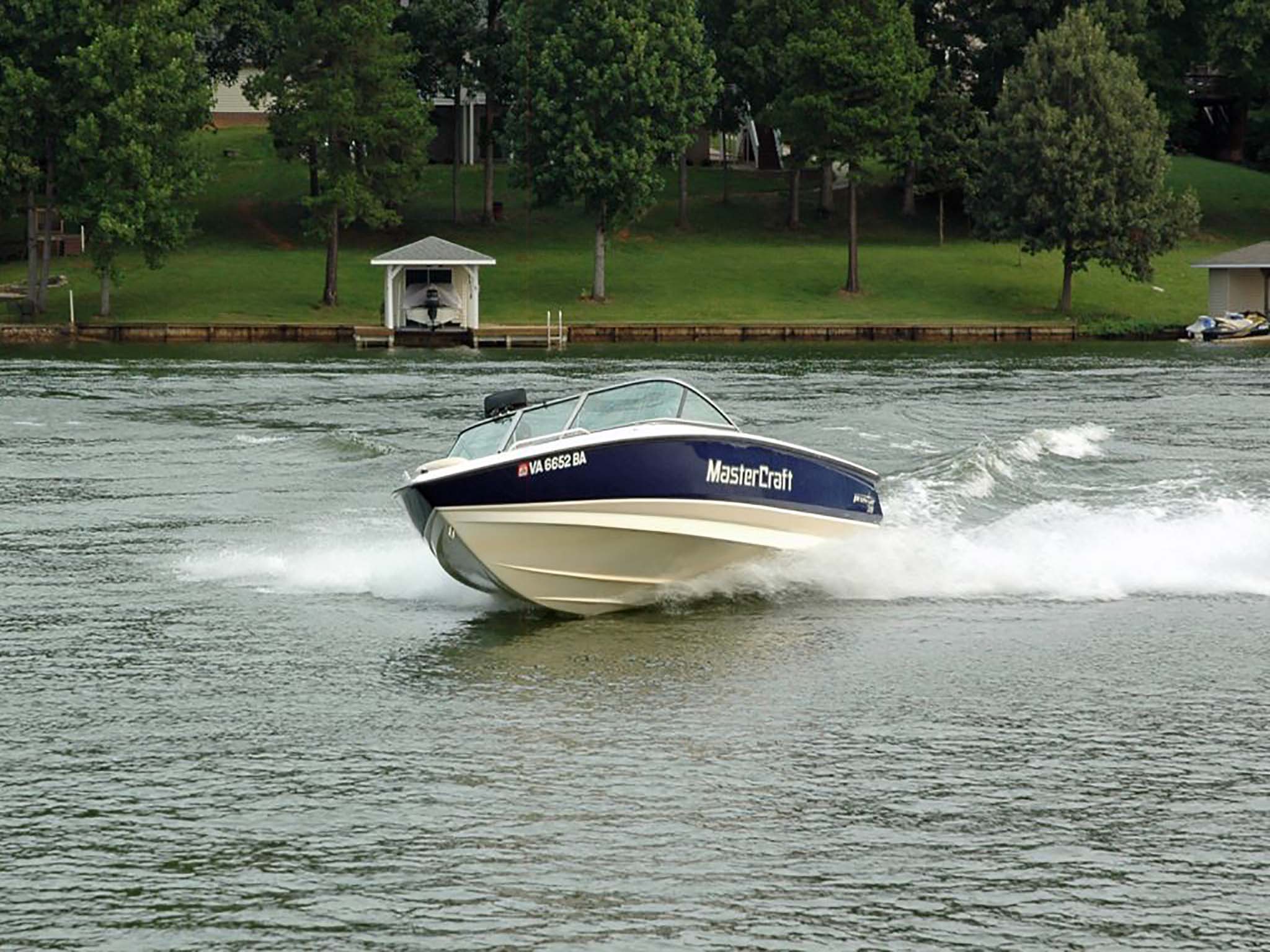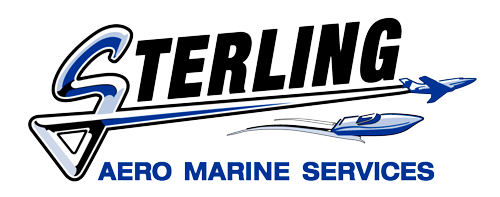 The temperatures are warming up, leaves are starting to appear on the trees and spring flowers are blooming in our yards. It’s time to think about this year’s boating season! Spending some time getting your boat ready early in the spring will make sure that you’re ready to have lots of fun on the lake this summer.
The temperatures are warming up, leaves are starting to appear on the trees and spring flowers are blooming in our yards. It’s time to think about this year’s boating season! Spending some time getting your boat ready early in the spring will make sure that you’re ready to have lots of fun on the lake this summer.
Let’s start with a good spring clean!
Even with a good fitting cover, dirt and debris seems to find its way into the boat over the winter. So vacuum out the interior and give her a bath. Often you will find black mold has formed on the vinyl upholstery. This tenacious growth although virtually harmless looks nasty. Luckily there is an easy way to remove it just use white vinegar diluted with 50% water and wipe it away. Do not use bleach as this can damage the vinyl upholstery and take the color out of the carpets if you spill it! When all the vinyl upholstery is dry treat it with a good marine vinyl protectant such as 303. This will protect the vinyl from UV damage during the summer and make it easier to keep clean.
Remember the trailer!
Check the tires for dry rot. Any sign of cracking on the trailer sidewalls means the tire needs to be replaced! Inflate the tires to the correct pressure as written on the tire sidewall. Trailer tires run at a far greater pressure than our road vehicles. If you can safely do so, jack up each wheel and give it a spin, it should turn smoothly with no play. If the wheel has a rumble and/or play when you turn it the bearings are probably worn out and need to be replaced. Grease the wheel bearings with a marine trailer bearing grease such as “Amsoil” synthetic marine grease. Inspect the trailer winch assembly for operation and security. Pull the winch strap out all the way to check for rot and corrosion of the securing bolt. Check and lubricate the trailer tow hitch. Make sure the trailer ball locking catch is free and working properly. Check the safety chains are secure and finally connect your trailer electrics to your tow vehicle and make sure all the trailer lights work correctly.
Gearcase oil
If accessible and not done at winterization check and top up the lower unit gearcase oil on outboards and outdrives. If the oil looks like mayonnaise water is getting into the gearcase and requires further inspection by a marine technician.
Inspect the propeller.
Even a small ding can affect the performance and smooth running of the engine possibly causing damage to the transmission. A good marine technician can dress out small prop dings but larger damage will require a prop overhaul or replacement. On outboards and outdrives check that the skeg on the bottom of the lower unit is in good condition. The skeg aids in steering and protects the prop. If it is damaged it can be usually be easily repaired with a “Skeg Guard” kit
Inspect the transom flexible bellows for damage
If your boat has an outdrive carefully inspect the transom flexible bellows for damage. Vermin have been known to eat holes in the bellows over the winter which will allow copious amounts of water to flow into the boat when you put her into the water! Lubricate the outboard or outdrive steering and tilt pivots along with the outdrive gimbal bearing. Use a good quality marine grease such as “Amsoil” synthetic marine grease. There are usually grease nipples on the outboard and outdrive for this purpose
Time to start the engine for the first time this year.
Check the battery electrolyte level (if it is an open vented battery) and add distilled water as necessary. Ensure the battery connections are clean and corrosion free then grease them with “No-Corrode” or Vaseline. Make sure the battery is fully charged as modern electronically controlled engines need a high cranking voltage to start. Check that important electrical items like the bilge blower, bilge pump and navigation lights are working. Check the power trim and tilt is operating correctly and the gauge is working.
Check the engine and transmission (including V-Drive) oil levels.
Hopefully you had the engine oil changed last fall when you had the boat winterized. (You did have the boat winterized, didn’t you?) Four stroke marine inboard, outboard and jet-ski engines need to have the engine oil and filter changed at least once a season. So, if it was not done at winterization get it done now. Add some fresh gasoline to the fuel tank and make sure to add a good marine fuel stabilizer. With Ethanol fuels, it’s now a good idea to add stabilizer to the fuel all year and not just at winterization.
If you’re going to run the engine with the boat out of the water, make sure you have a hose connected to the engine cooling water inlet supplying lots of water. Never ever run any marine engine, inboard or outboard without cooling water! The water pump impeller will be damaged in seconds!
The engine may be a little hesitant to start if it was winterized properly as there will be lots of fogging oil in the cylinder bores. After a few seconds, it should run cleanly. Check for oil pressure if an oil pressure gauge is installed. Ensure that cooling water flows out of the exhaust on an inboard (boat out of the water) and the cooling water monitor jet on an outboard. Stop the engine immediately if there is no oil pressure, cooling water flow or you smell any gasoline fumes! Only run the engine at low speed if running the engine out of the water using a hose. The cooling water supply from a hose is inadequate for anything other than low speed running.
Time for the first run of the season.
Think of this as a test run so as you can find out if there are any problems that need fixing. Don’t make the first run of the season a trip with all the family aboard wanting to go skiing and tubing! Make sure all the safety items like required life jackets, anchor and mooring lines are on board. Check that the fire extinguisher is still charged and accessible.
Make sure the drain plug is installed and carefully place the boat in the water by boat lift or trailer. Immediately check for water coming into the boat! There may be a leak in the outdrive bellows mentioned earlier or perhaps a cooling water or drain hose has become detached. Let the boat float in the water for a few minutes, start the engine and let it warm up. Check that the engine stop safety lanyard system works. Check that the engine is charging the battery, the voltmeter should be showing greater than 13 volts when the engine is running. Make sure everything is OK before you go charging out across the Lake!
On the test run, check everything works correctly including things you rarely use like the horn. Does the steering feel good? Does the power trim work correctly? Are the throttle and shift controls working smoothly? Do all the engine gauges and speedometer work? Is the engine water temperature correct? After a good run bring the boat back to the boat lift or trailer and take her out of the water. Check the engine and engine compartment for fumes, oil leaks, excessive water in the bilge etc. Congratulate yourself on a good boat commissioning!
Your boat and engine owner’s manuals may have extra commissioning items not mentioned here. Always follow the manufacturer’s instructions. If you are not sure about anything consult an experienced marine technician such as Sterling Aero Marine Services for advice and assistance.
